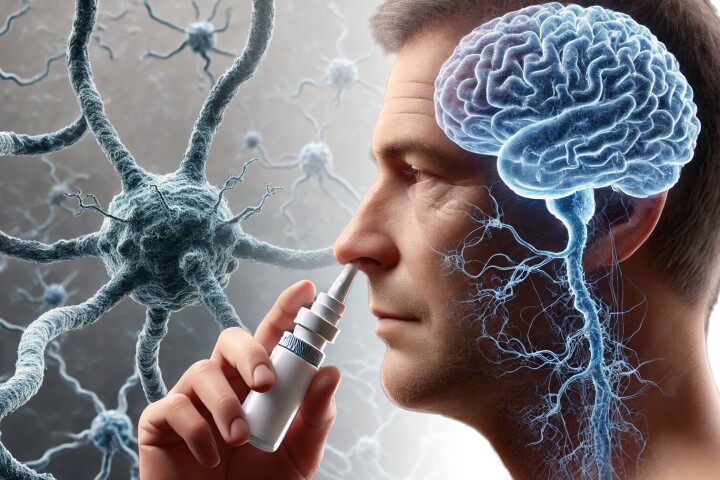The chronic skin ulcers that diabetics often develop on their feet are notoriously slow to heal, sometimes to the point that they become seriously infected and require foot amputation. A new magnetic gel could help keep that from happening, as it reportedly triples the healing speed of such wounds.
People suffering from diabetic foot ulcers are usually told not to put any weight on the injury, as doing so will kill fragile new skin cells and thus hinder the healing process. That said, some mechanical stimulation of the skin prompts the growth of new skin cells, which helps wounds to heal.
The situation is a bit of a paradox, and it's why scientists at the National University of Singapore created the special hydrogel.
Applied directly to the wound on a bandage, the material contains tiny magnetic particles along with two types of FDA-approved skin cells: keratinocytes, which play a key role in skin repair, and fibroblasts, which form connective tissue in the skin.
When the wound site is exposed to a dynamic magnetic field generated by an external device, the magnetic particles respond by moving around – but not too vigorously – moving the cells with them. Those cells interact with the patient's own skin cells, essentially giving them a gentle but effective workout.

In tests performed on mice, gel treatment boosted the growth rate of dermal fibroblasts (the main type of skin cell) by about 240%, plus it more than doubled their rate of collagen production. The treatment additionally improved communication between the keratinocytes and other cells, promoting the growth of new blood vessels at the wound site.
"The magneto-responsive hydrogel, combined with wireless magneto-induced dynamic mechanical stimulation, addresses fundamental challenges in wound healing," said Dr. Shou Yufeng, co-first author of an Advanced Materials paper on the research. "These principles and our technology’s adaptability, as well as its general ease of use for patients, means that it can be applied to improve wound healing in various situations beyond diabetes, including burns and chronic non-diabetic ulcers."
The study also involved scientists from Nanyang Technological University, Sun Yat-sen University, Wuhan University of Technology, and the Agency for Science, Technology and Research.
Source: National University of Singapore





